 Shutterstock
Shutterstock
Dogs are social animals that thrive on companionship, whether with their humans or fellow furry friends. When left alone for long periods or not given enough interaction, they can develop signs of loneliness that may tug at any pet owner’s heartstrings. From excessive barking to destructive behavior, lonely dogs express their feelings in ways that can sometimes be mistaken for bad habits rather than cries for help. As responsible pet owners, it’s crucial to recognize these signs and take action before loneliness turns into serious anxiety or depression.
Excessive Barking or Howling
 Shutterstock
Shutterstock
If your dog frequently barks, howls, or whines when left alone, it could be their way of expressing loneliness. While barking is a natural behavior, excessive vocalization is often a sign that your dog is distressed and craving company. Some dogs even howl in an attempt to call out for someone to be with them, just as their wild ancestors would do. To help, consider interactive toys, calming music, or even a doggy daycare if long hours of alone time are unavoidable.
Destructive Behavior
 Shutterstock
Shutterstock
A lonely dog can turn into a tiny wrecking ball, chewing on furniture, shoes, or anything they can sink their teeth into. Destructive behavior isn’t just a result of boredom—it can be a coping mechanism for dealing with stress and anxiety. If your couch suddenly looks like it lost a battle or your shoes mysteriously disappear, your dog might be trying to tell you something. Providing chew toys and puzzle feeders and increasing their playtime can help redirect this energy into something more positive.
Sleeping Too Much
 Shutterstock
Shutterstock
Dogs love naps, but if your once-playful pup is suddenly sleeping more than usual, loneliness could be the culprit. Just like humans, dogs can become depressed when they feel isolated, leading them to sleep excessively to pass the time. If your dog isn’t getting the usual zoomies or showing enthusiasm for activities they once loved, it’s time to add more interaction into their daily routine. A walk, a new toy, or even a cuddle session can go a long way in lifting their spirits.
Loss of Appetite
 Shutterstock
Shutterstock
A lonely dog may lose interest in food, leading to skipped meals or reduced enthusiasm at mealtime. If your dog usually devours their food but suddenly seems uninterested, it may be an emotional response rather than a physical issue. Stress and sadness can decrease a dog’s appetite, just as they can in humans. Adding more quality time, interactive feeding games, or even rotating their diet to something more exciting can help rekindle their interest in eating.
Following You Everywhere
 Shutterstock
Shutterstock
Does your dog act like your shadow, following you from room to room without letting you out of their sight? While some dogs are naturally clingy, excessive attachment can signify loneliness and insecurity. Dogs that lack companionship throughout the day may develop an intense dependence on their owners when they are around. Teaching your dog confidence with independent play and rewarding calm behavior can help them feel more secure when you’re not available.
Increased Licking or Self-Grooming
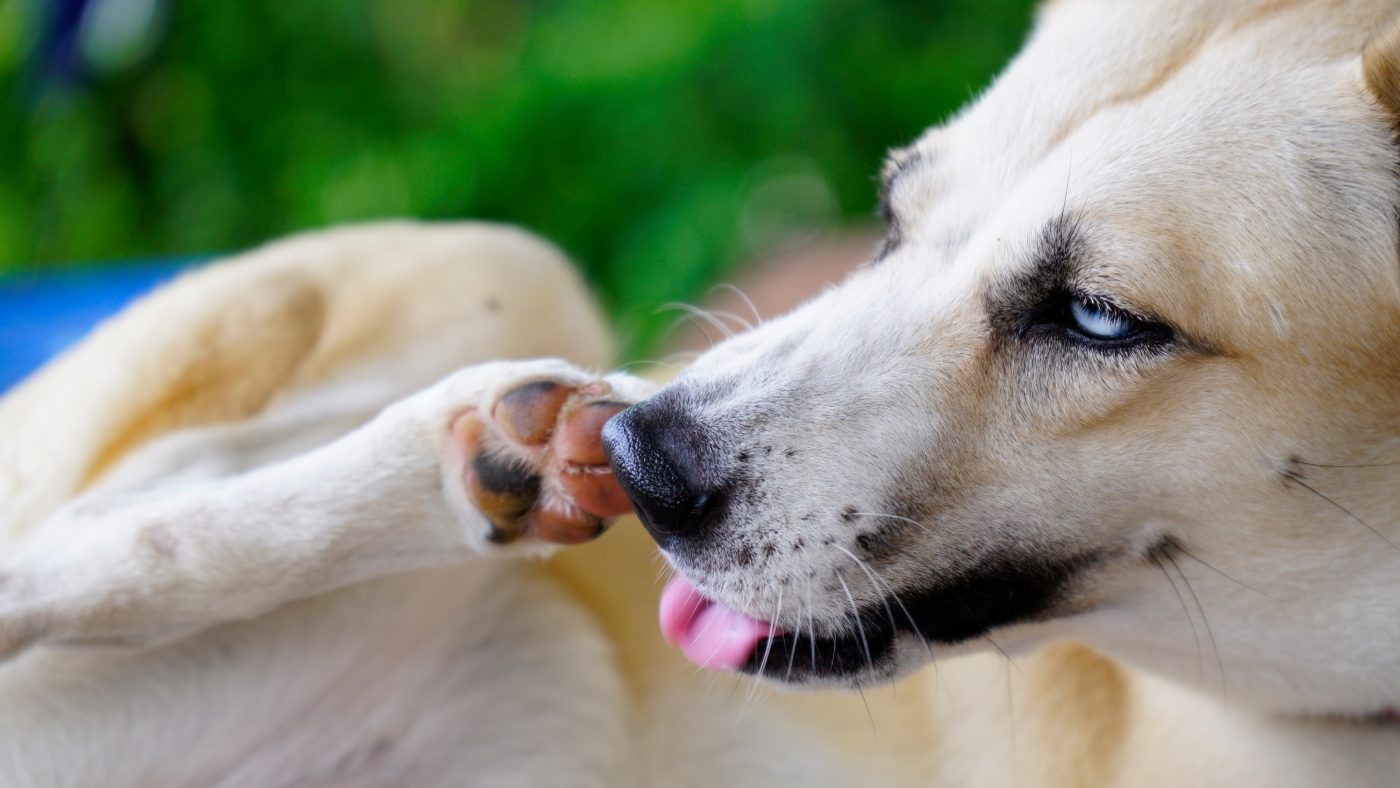 Shutterstock
Shutterstock
Some lonely dogs develop compulsive behaviors like excessively licking, chewing, or biting at their paws. This self-soothing behavior can start small but may escalate into serious skin irritation or bald spots. It may be a sign of emotional distress if your dog seems overly focused on licking or grooming themselves. Providing more interactive activities, scheduling playdates, or even investing in a second pet may help reduce their loneliness.
Lack of Interest in Playtime
 Shutterstock
Shutterstock
A dog that suddenly loses interest in playtime may not just be tired—it could be loneliness draining their enthusiasm. Dogs thrive on mental and physical stimulation, and when they feel isolated, they may withdraw from activities they once enjoyed. If your pup seems uninterested in their favorite toy or turns down a game of fetch, they may be feeling down. Scheduling more interactive play, socializing with other dogs, or introducing new engaging activities can help reignite their playful spirit.
Pacing or Restlessness
 Shutterstock
Shutterstock
Some dogs express their loneliness through nervous energy, pacing back and forth as if they’re waiting for something—or someone—that never arrives. This behavior is often a sign of anxiety, indicating that your dog is feeling unsettled and doesn’t know how to cope. Restlessness can be eased by providing a predictable routine, comforting scents, or a snug dog bed in a safe, quiet space where they can relax.
Overexcited Greetings
 Shutterstock
Shutterstock
It may be a sign of loneliness if your dog greets you like they haven’t seen you in years—even if you were only gone for 10 minutes. While it’s adorable to be welcomed home with so much enthusiasm, extreme excitement can indicate that your dog is struggling with the time apart. Helping your dog become more comfortable with alone time through positive reinforcement training and gradually increasing time apart can help them feel more secure.
Hiding or Withdrawing
 Shutterstock
Shutterstock
Not all lonely dogs seek attention—some withdraw completely, hiding under furniture or avoiding interaction altogether. If your normally social pup suddenly prefers solitude, it may indicate emotional distress. Dogs that feel lonely and anxious sometimes shut down, becoming less responsive to affection or play. Encouraging social interaction, providing engaging activities, and ensuring they have a safe, comforting space can help bring them out of their shell.
Showing Signs of Depression
 Shutterstock
Shutterstock
Loneliness in dogs can sometimes manifest in ways similar to depression in humans, including low energy, lack of enthusiasm, and a general disinterest in everyday activities. A dog that once wagged their tail at everything but now seems distant or sad is likely feeling the effects of isolation. Adding more exercise, social opportunities, and affectionate moments can help lift their spirits and restore their happiness.
The Lonely Pup Chronicles
 MidJourney
MidJourney
Dogs aren’t just pets—they’re family members who need love, attention, and social interaction to be truly happy. Simple changes can make a big difference if your pup is showing signs of loneliness. Extra playtime, mental stimulation, or doggy playdates can brighten their day. If you’re often away, a pet sitter, dog walker, or interactive toys can help keep them engaged. A lonely dog doesn’t have to stay lonely—by recognizing the signs and taking action, you can ensure your furry friend feels loved, happy, and part of the family daily!

 3 weeks ago
21
3 weeks ago
21


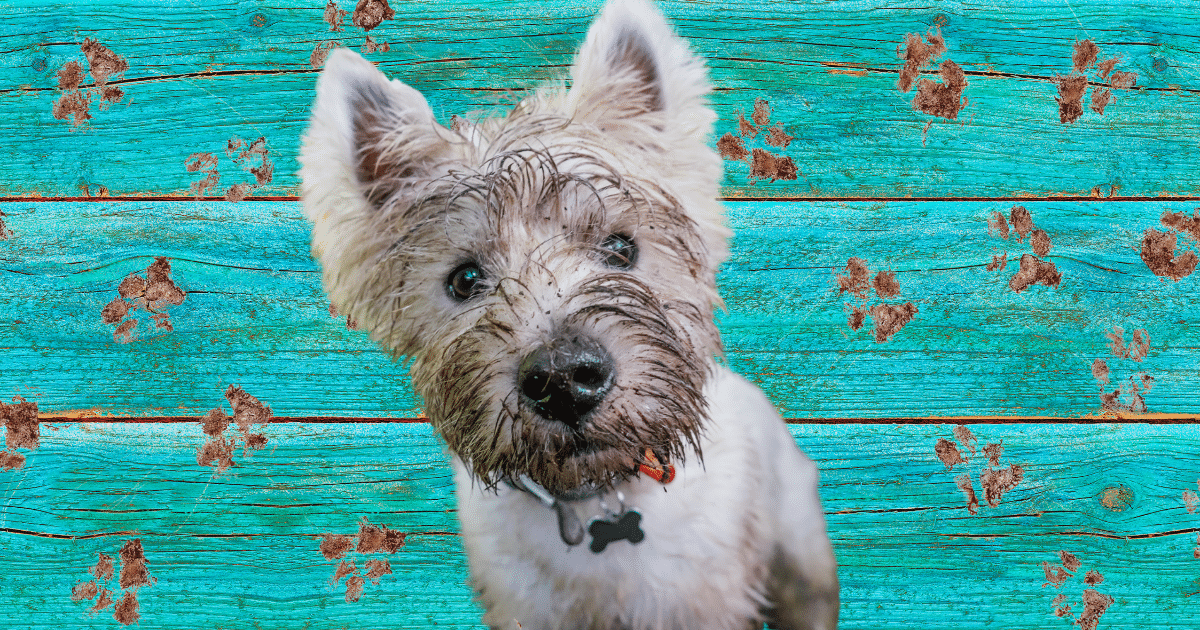

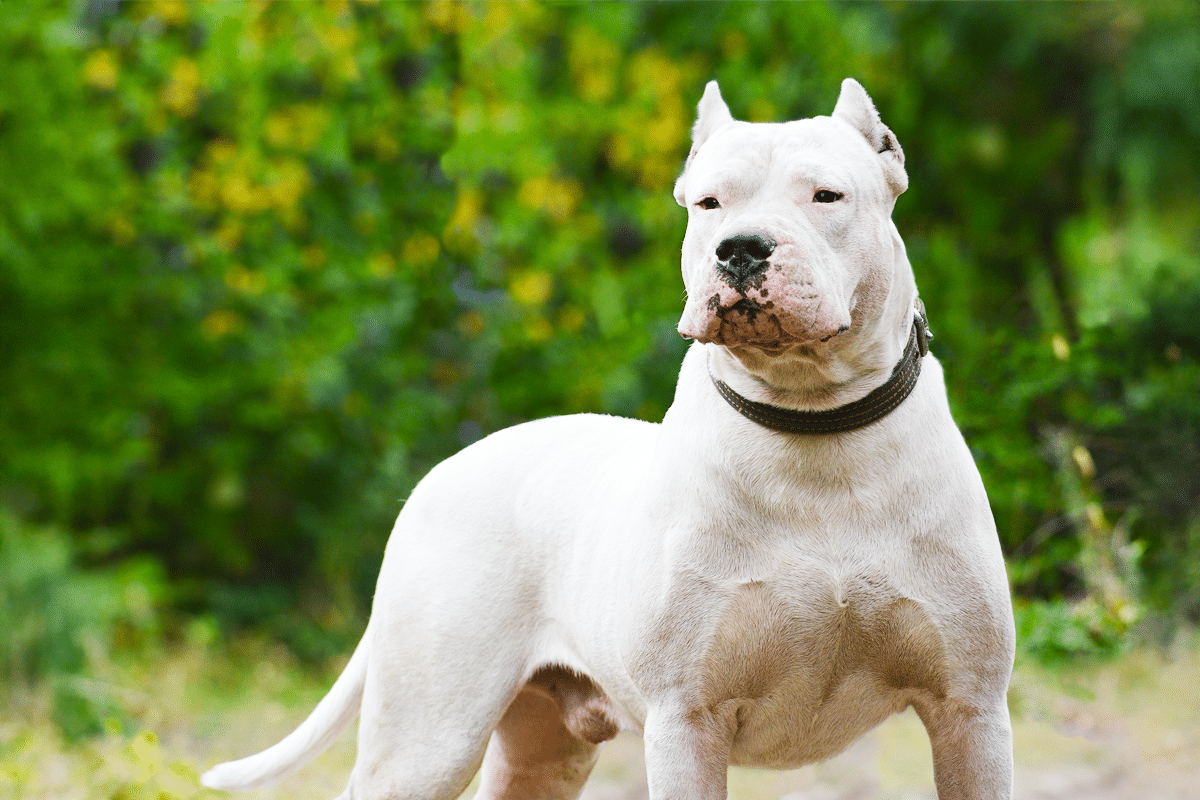
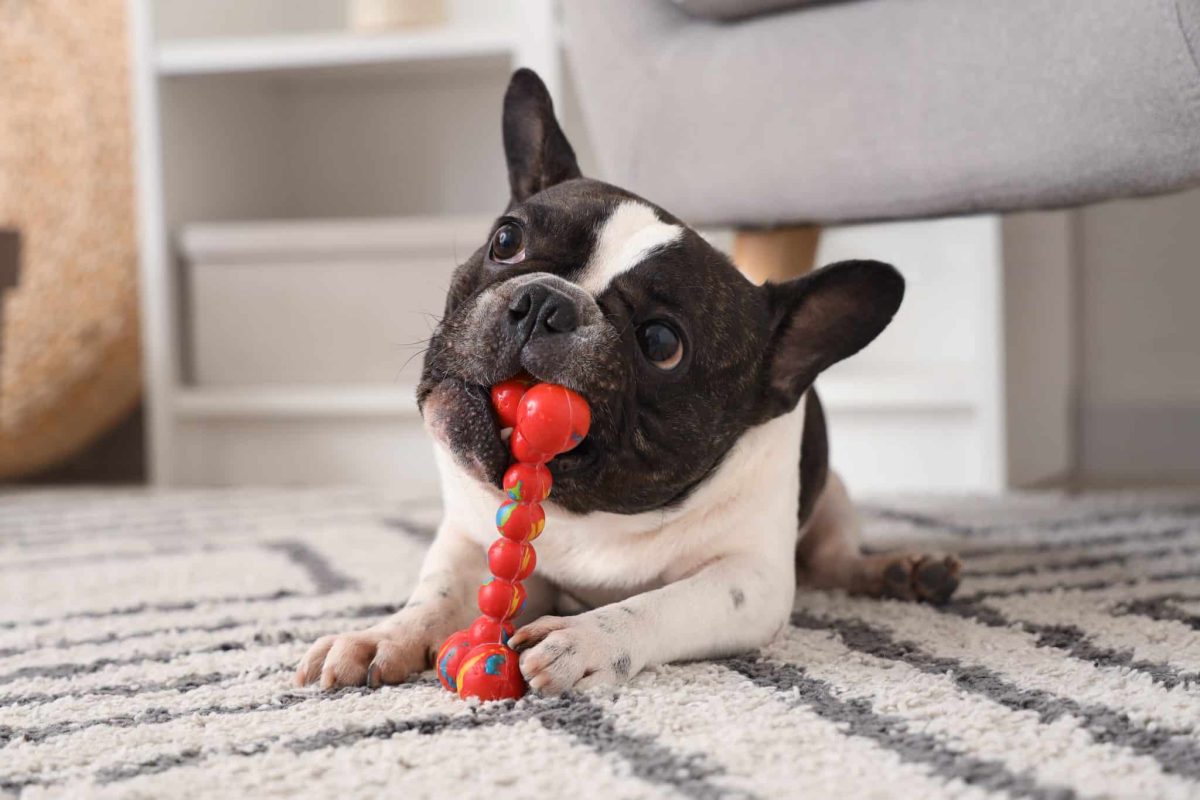


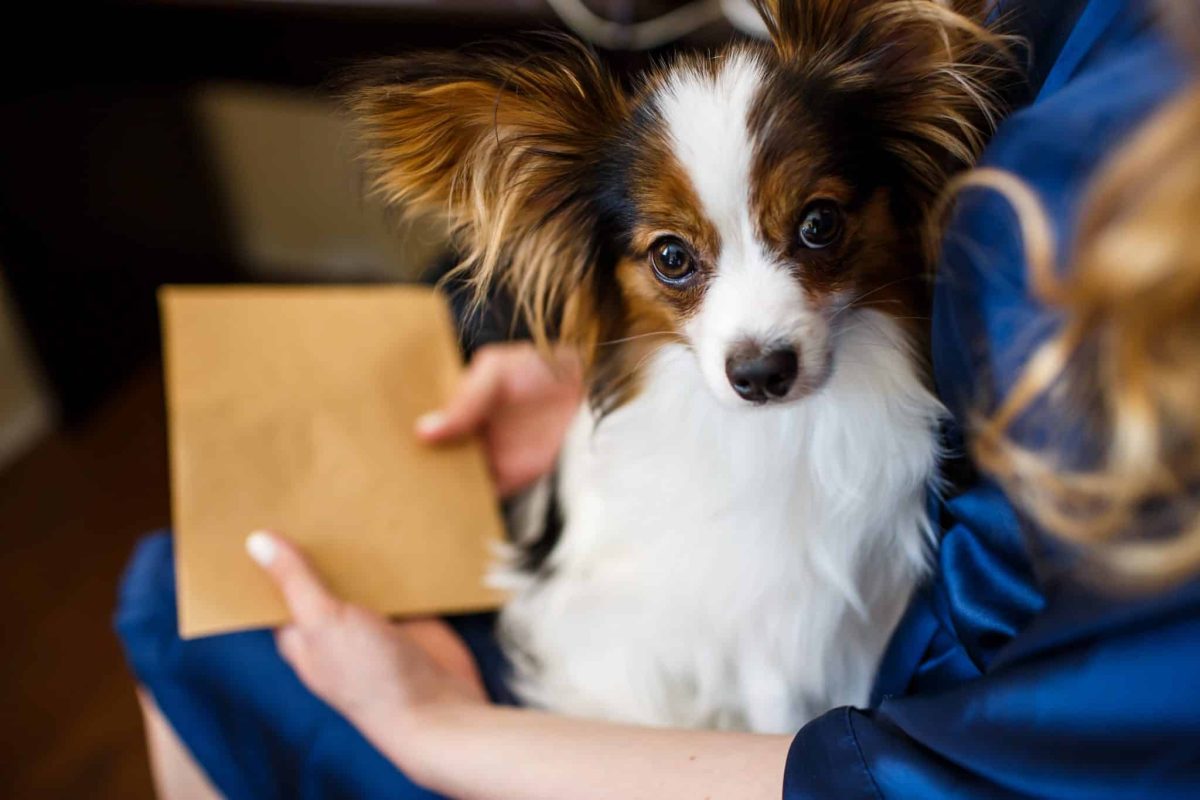









 English (US) ·
English (US) ·